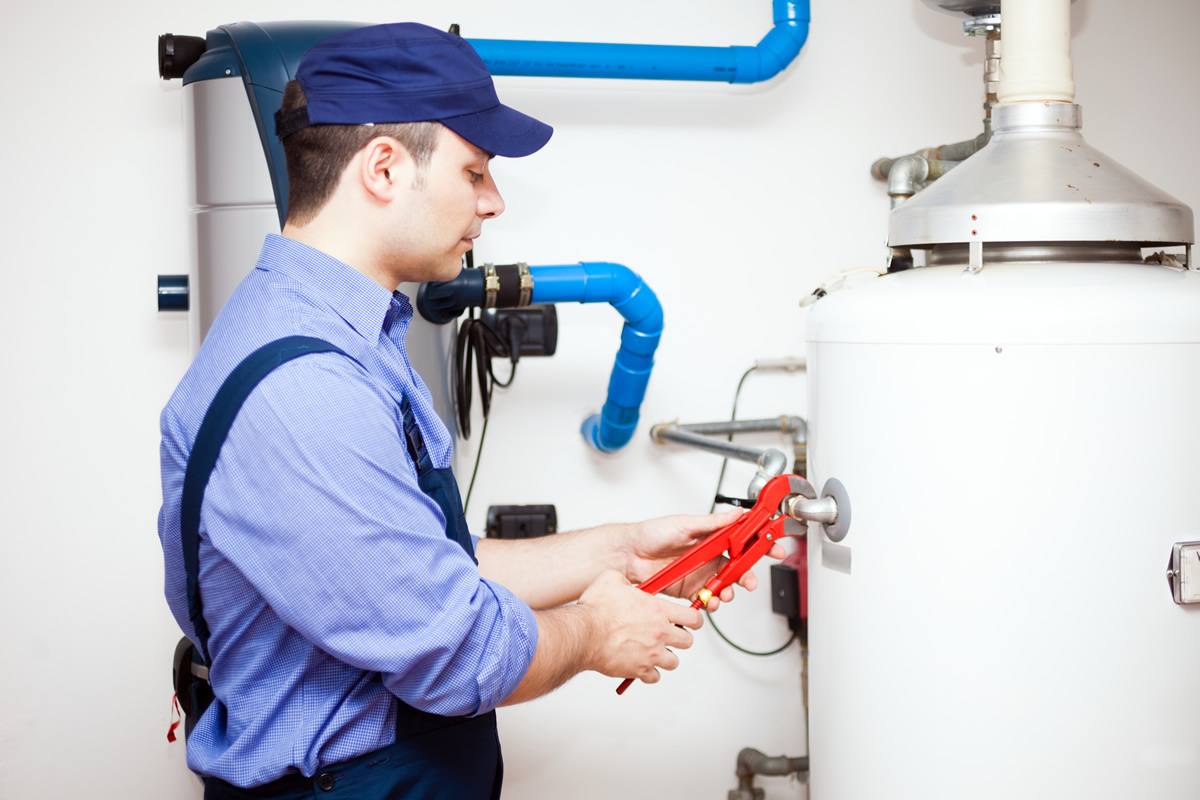Hot Water Heaters
What’s The Difference? Conventional Gas Hot Water Heaters Vs. Conventional Electric Hot Water Heaters
Tank Water Heater
Tank heaters are just what they sound like. Large containers, with a heat source that raises the temperature of the water until needed. There are 3 common types of gas heaters and 2 common electrical heaters.
Tankless Water Heater
Tankless heaters are just as they sound too. Instead of storing hot water, they create hot water on demand. You can find more information on this below.

Conventional tank heaters come in 5 common types; 3 of these heaters are fueled by gas and 2 by electricity. Conventional gas tank heaters either use liquid propane (LP) or natural gas in most cases you find LP where there is not a natural gas provider. They have a tank, burner and gas valve that works with a thermostat to control the amount of hot water. Most gas heaters have a thermocouple or thermopile to keep the pilot assembly safe. Thermocouple repairs are the most common problem with conventional heaters.
Because these heaters are burning fuel, they require venting to release the toxic gases. The 3 types of heater are distinguished by their method of venting
1) Atmospheric Vented (62-67% efficiency): this is the most common heater in residential homes. The reason it’s called ‘Atmospheric Vented’ is because the exhaust from the heater exits the home through the rooftop. Life expectancy is 12-15 years.
Pros: Inexpensive, parts commonly available, simple and reliable design, stores hot water during power outages.
Cons: Least efficient option, short lifespan compares to tankless.
2) Direct Vented(62-67%): this is a specialty heater, designed for applications where the venting can not be vented through the rooftop for some reason (second story), but can be vented horizontally directly behind the heater. These heaters have many similar parts to the atmospheric vented heater. Their life expectancy is 12-15 years. Based on cost, most people consider tankless as an alternative.
Pros: These heaters offer the least expensive solution to vent directly horizontal.
Cons: These are expensive, they are inefficient, they no longer make 75 gallon
3) Power Vent (75-85% efficiency): These heaters are designed for applications where the exhaust must be pushed further away… either vertically or horizontally. They use a fan to push the exhaust and bring up the heat for better efficiency. They require a 110 outlet to drive the fan and electronics.
Pros: These heaters are an option for 75 direct vent replacement. They are more efficient than the atmospheric and direct vent option.
Cons: These are expensive, with a modest 12-15 yr lifespan. For coat vs performance, the tankless heater should be considered.
4) Electric Tank: Electric tank heaters use an electric element and the voltage passes through to create hot water. Typically, the residential whole house heater runs on a 220 volt, 30 amp power source to energize one or two elements controlled by a thermostat mounted to the tank. Electric heaters are seen in homes that do not have any gas service or no way to ventilate exhaust gas.
Pros: Typically less expensive, simple design, inexpensive parts,
Cons: Expensive compared to gas options, tank size limited to 50 gallons in residential setting and some jurisdictions will not allow them if gas is present at the home.
5) Hybrid Electric (3.74 efficiency): Hybrid electric heaters have two types of electrical heating; they use heat pump technology to create hot water, similar in principle to how a refrigerator makes our food cold… only in reverse order. The heater also has an electric element, like the conventional electric heater, to meet demands.
Pros: Much more efficient when operating in heat pump mode (5x better than standard Electric) and power company incentives (SMUD rebates $3000) when converting from gas to Hybrid.
Cons: Much slower recovery (most cases suggest increasing tank size), expensive equipment, retrofitting adds cost, lifespan is 12-15 years.

